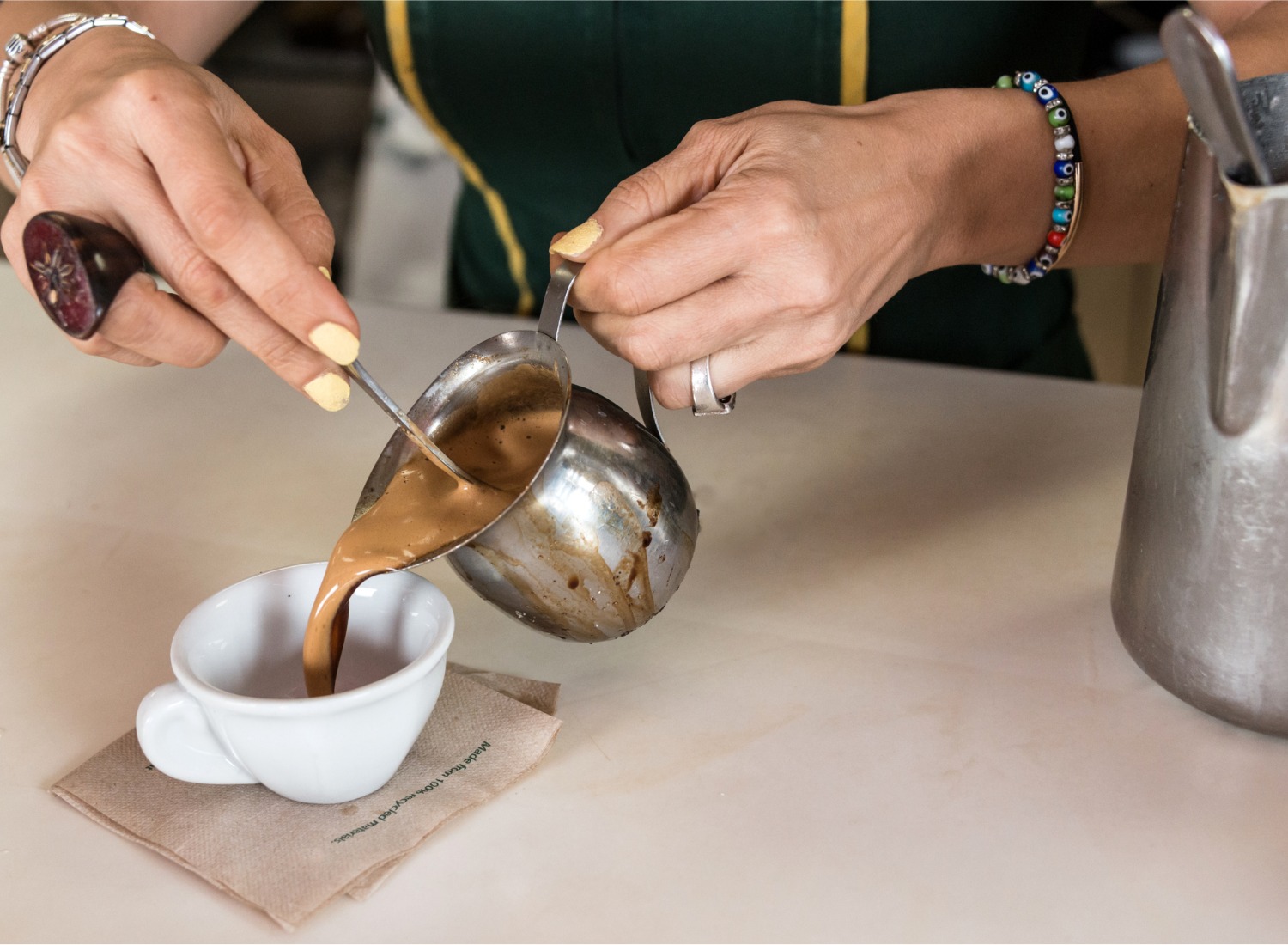Authentic Cafecito: How to Make Cuban Coffee at Home

If you’ve ever had the pleasure of sipping a cup of Cuban coffee, you know it’s a unique and unforgettable experience. The rich, bold flavor, the perfect balance of sweetness, and that hint of bitterness—it’s a symphony for your taste buds.
But what if you don’t have a Cuban cafe nearby, or you simply want to enjoy this delicious elixir in the comfort of your own home? Making authentic Cuban coffee, known as “cafecito” or “Cuban espresso,” is easier than you might think. In this guide, we’ll walk you through the steps to brew the perfect cup of Cuban coffee in your own kitchen.
What Makes Cuban Coffee Special?
Before we dive into the process of making Cuban coffee at home, let’s understand what sets it apart from other coffee traditions. Cuban coffee is famous for its intensity and sweetness. People often brew it using dark roast, finely ground coffee and typically serve it in small, strong shots known as “coladas” or “cortaditos.”
One key element that makes Cuban coffee unique is the use of “espuma,” a creamy, sweet foam that forms on top of the coffee during brewing. You can create this layer of frothy goodness through a process called “la colada,” which involves mixing sugar with the first few drops of brewed coffee. This sweet foam is an essential component of a true Cuban coffee experience. Now, let’s get down to business and learn how to make Cuban coffee at home.
Ingredients You’ll Need
- Dark roast coffee beans: The darker roast imparts the brew a deep, robust flavor.
- Granulated sugar: Sugar is a vital ingredient to create the sweet espuma and to balance the strong coffee flavor.
- Water: Good quality, filtered water is essential for brewing a great cup of coffee. Avoid using water with strong mineral flavors.
Equipment Needed
- Moka pot: The Moka pot, also known as a “cafetera” in Cuban Spanish, is the most common tool for brewing Cuban coffee. This stovetop espresso maker is perfect for making strong, concentrated coffee.
- Coffee grinder: You’ll need a coffee grinder to achieve the right grind size. Set it to a fine setting, similar to that of espresso.
- Demerara sugar: While granulated sugar works, demerara sugar is the traditional choice for making Cuban coffee. Its caramel notes add an extra layer of flavor.
- Small espresso cups: For the most authentic experience, serve your Cuban coffee in small, thick-walled espresso cups.
- Mug warmer: Use a mug warmer to keep your coffee warm for longer periods of time.
Instructions
- Start by grinding your dark roast coffee beans to a fine consistency similar to espresso. Freshly ground coffee is essential for the best flavor.
- Add water to the lower chamber of your Moka pot, filling it up to the safety valve. Don’t tamp down the coffee grounds in the filter basket; leave them loosely packed.
- Mix 1-2 tablespoons of granulated sugar in a separate container with a few drops of water to form a paste.
- Adjust the amount of sugar to your taste preferences. Traditional Cuban coffee tends to be on the sweeter side.
- Place the coffee grounds on top of the water-filled chamber. Add the sugar paste on top of the coffee grounds.
- Assemble the Moka pot and place it on the stove over medium heat. Allow the coffee to brew. You’ll notice the sweet espuma starting to form in the upper chamber.
- Once the coffee fills the upper chamber, pour it into small espresso cups, ensuring each cup has a portion of the sweet espuma. Cuban coffee is often served in small portions because it’s strong and meant to be sipped slowly and savored.
Tips for Perfect Cuban Coffee
- Experiment with the sugar-to-coffee ratio to find the sweetness level that suits your taste.
- Use demerara sugar for a more authentic flavor, or experiment with different types of sugar for unique variations.
- Enjoy your Cuban coffee with a slice of Cuban bread and butter for the full experience.
- Try making “Café con Leche” by adding steamed milk to your Cuban coffee for a refreshing twist.
Conclusion
Making Cuban coffee at home is a delightful way to experience the rich coffee culture of Cuba. With the right ingredients, equipment, and a little practice, you can brew the perfect cup of authentic Cuban coffee in your own kitchen. So, get your Moka pot ready, and enjoy a taste of Cuba at home.
